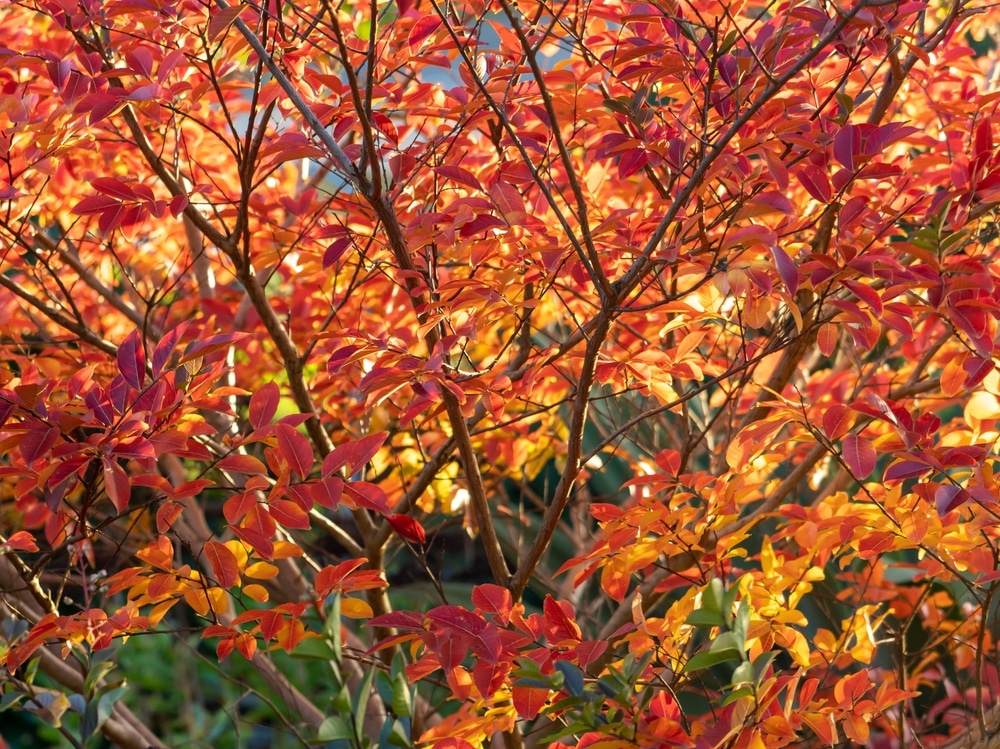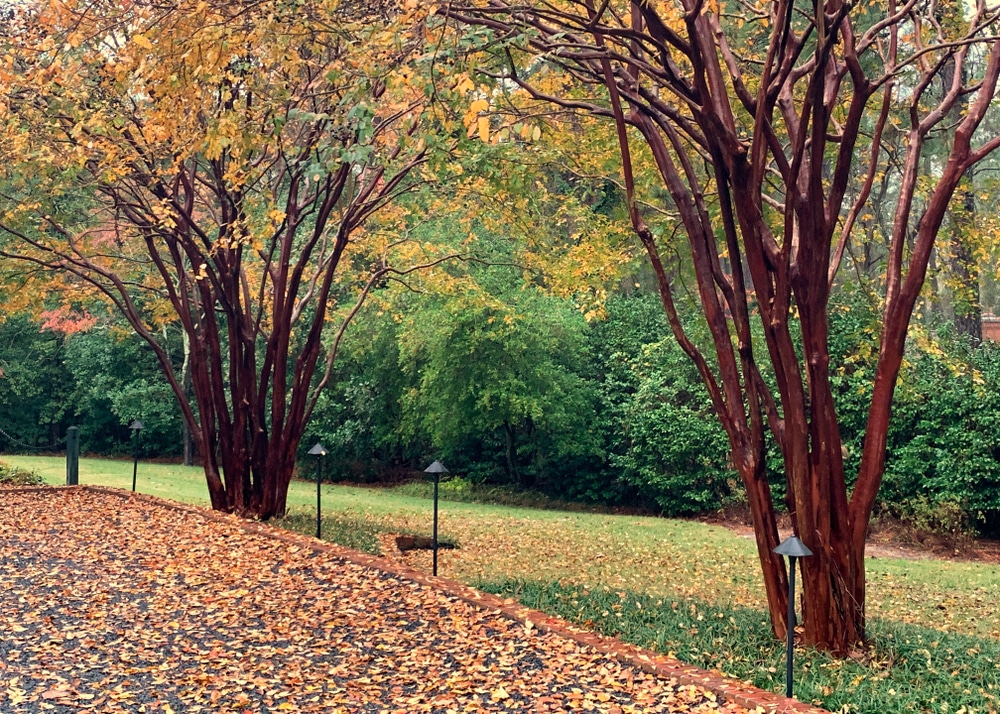Crepe myrtles are a popular landscape choice for their showy blooms and attractive bark. They can provide year-round interest if planted at the right time. Knowing when and where to plant crepe myrtle is vital for success in your landscaping goals. This article will discuss the best time to plant crepe myrtle saplings. We’ll look at what to consider before planting the shrubs in your yard!
Best time to plant crepe myrtles
Crepe myrtles (Lagerstroemia indica) are native to Asia and grow in warmer climates, but are also relatively cold hardy as long as they are established.
The best time to plant crepe myrtles for most climates is spring or fall. Planting in late winter or early summer can reduce the chance of success, as the extreme temperatures can be too much for young plants to handle.
Crepe myrtles grow well in USDA zones 7 to 10. They are cold hardy shrubs that can cope with the winter weather in zone 7, where temperatures drop as low as 0 degrees Fahrenheit. Some crepe myrtle varieties can grow well in USDA zone 6.
Things to consider before planting crepe myrtles
To ensure they are successful, choose an appropriate planting site. They prefer a spot with good drainage and plenty of sunlight—at least six hours of direct sunlight per day. If you are planting in a container, make sure it is at least one-gallon size.
Type of crepe myrtle
Container-grown crepe myrtles can be planted at almost any time of year; as long as the saplings are healthy and planted in a sheltered spot, they will likely thrive. The fall or early winter is the best time to plant container-grown plants. These types of shrubs can also be planted in the spring or early summer. In hotter weather, you’ll need to ensure your plant gets plenty of water.
You can also buy crepe myrtle and other shrubs with a ball of soil around the root; these plants take longer to establish themselves than container plants and should be planted in the spring or fall to avoid extremes of temperatures. This type of plant is also commonly referred to as burlapped.
Crepe myrtle is also available with bare roots. These plants are more fragile and have striker requirements for planting. They should only be planted in the spring and fall. You’ll need to take good care of the young sapling after planting.
For spring planting, be careful to plant after the last frost date and before the summer so the shrub can establish itself in cooler weather. If you want to plant in the fall, you’ll need to ensure your crepe myrtle has enough time to become established before the first winter frosts.
Planting and care tips
When planting crepe myrtles outdoors, dig a hole twice as wide and deep as the plant’s root ball. Make sure to loosen the bottom of the hole so the roots can easily spread out. Fill in the hole with a mixture of soil and compost, then water thoroughly.
Be careful not to plant too close to your property or outbuilding as the tree needs enough space to grow and the roots can damage pipes.
Mulch around the base of the plant to conserve moisture and reduce weeds. Keep the mulch away from the trunk, so it does not touch the crepe myrtle. Water deeply but infrequently—about once every two weeks, depending on the season and climate where you live. Ensure you don’t over-water your plants.
Conclusion
By following this guide, you should have success in getting the most out of your crepe myrtle. With the right placement and care, these plants can bring beauty and life to any landscape.

